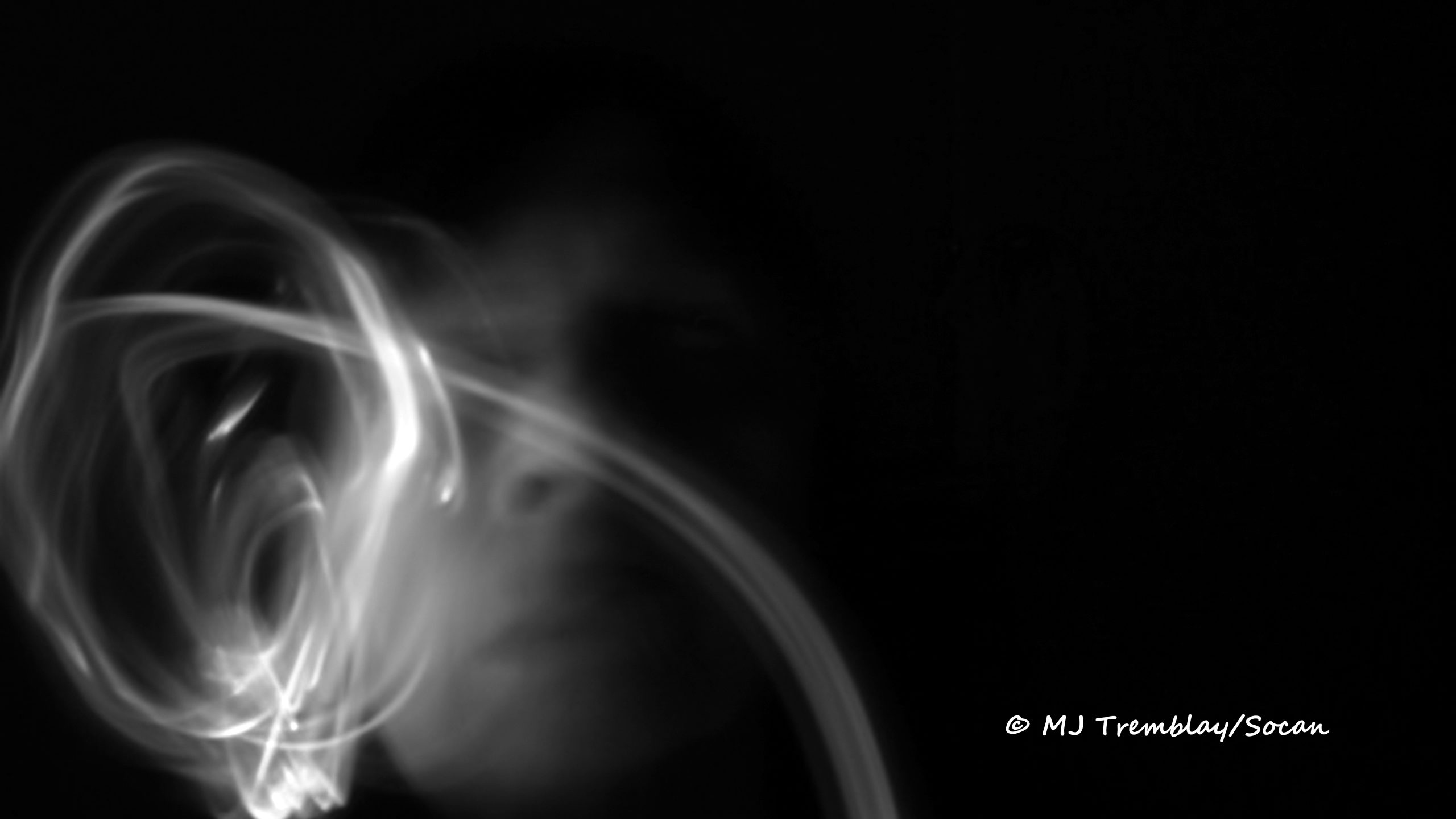
Admittedly, vigilantism may not be the first thing that comes to mind for most when thinking of pop culture, but that doesn’t make the two any less intertwined. From movies to comic books and beyond, the theme of justice is prevalent in popular media, and vigilantism is, more often than not, presented as the method through which that justice is attained.
Considering pop culture’s undeniable influence, it’s no surprise that such simplistic depictions of justice could inspire a warped sense of morality in so many. And given that Serai’s own central mission to bring the margins to the centre is a form of justice-seeking in and of itself, we felt that these connections were worth exploring. The act of vigilantism in question that set off our exploration into the topic was that of Kyle Rittenhouse, the 17-year-old who crossed state lines with an assault rifle and killed two people protesting in the name of Black Lives Matter.
Such occurrences are not exclusive to the United States – far from it. Nor is the phenomenon a new one. In Québec, Alexandre Bissonnette shot six Muslim men after years of binging on an unhealthy diet of Fox News. In Saskatchewan, a farm owner named Gerald Stanley fatally shot a 22-year-old Cree man named Colton Boushie, as if summoning the spirit of an old Clint Eastwood character from a western. Further explorations reveal how the culture of vigilantism extends beyond North America and has raised its head in other parts of the world in certain historical contexts.
In this issue, Serai editor and in-house analyst of popular culture, Rana Bose, explores the concept of “sovereign citizen” and how it meshes with notions of justice and vengeance, perceptions of modern law enforcers, and popular culture, in “Sovereign Citizen and the Man with No Name.”
Irish Montrealer Kevin Callahan offers insights into the Irish Republican movement and what happens when state forces terrorize a population in “‘Vigilantism’ and alternative justice in the Irish conflict.”
Mirella Bontempo puts on her superheroine prick-proof vest and wades into the murky machoistic waters of the poliziottesco film genre in “Italian vigilante flicks: vengeance and popular culture.”
In “Talking Poetry,” author Mayank Bhatt interviews Toronto-based poet Michael Fraser, whose recent book delves into the little-known history of African Canadian soldiers who fought in the American Civil War, for the Union side. Such voices from a silenced past are crucial in shaping the collective consciousness.
Award-winning poet Gloria Macher gives a whole other twist to vigilantism in her poem “Pororoca,” recalling the Brazilian tidal bore that roars up the Amazon River.
“My Honour, Your Shame” voices the pain of being publicly vilified by those once close, in three probing poems by Serai editor Nilambri Ghai.
Writer, feminist activist and art photographer Linda Briskin responds to our theme on vigilantism and popular culture with a resounding piece on the invasive pervasiveness of noise in “Silence, Please.”
And Maritime artist Eric James Jensen, now based in Montréal, takes up spray paint, pastel and epoxy finish to uncover the hidden character of faces in a crowd – qualities that reveal themselves, line by line.










